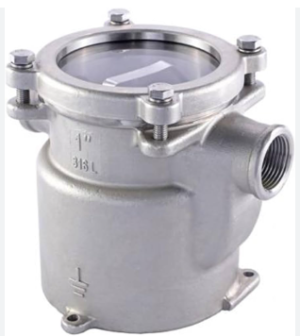LittleSister
Well-known member
Started an indirect cooled Beta engine for the first time in a long time. Engine started fine but the seawater side is not pumping (temporarily inlet hose into bucket as boat is ashore).
Impeller is intact and wet and rotating. Heat exchanger is full ( enough) of coolant. I’ve tried revving engine, in case that might get it going, but this just results in exhaust blowing back through seawater pipework (which suggests to me problem is not blockage).
I’m a bit flummoxed. This should be easy and I maybe I am having a senior moment and missing the blindingly obvious.
Any ideas?
Impeller is intact and wet and rotating. Heat exchanger is full ( enough) of coolant. I’ve tried revving engine, in case that might get it going, but this just results in exhaust blowing back through seawater pipework (which suggests to me problem is not blockage).
I’m a bit flummoxed. This should be easy and I maybe I am having a senior moment and missing the blindingly obvious.
Any ideas?

